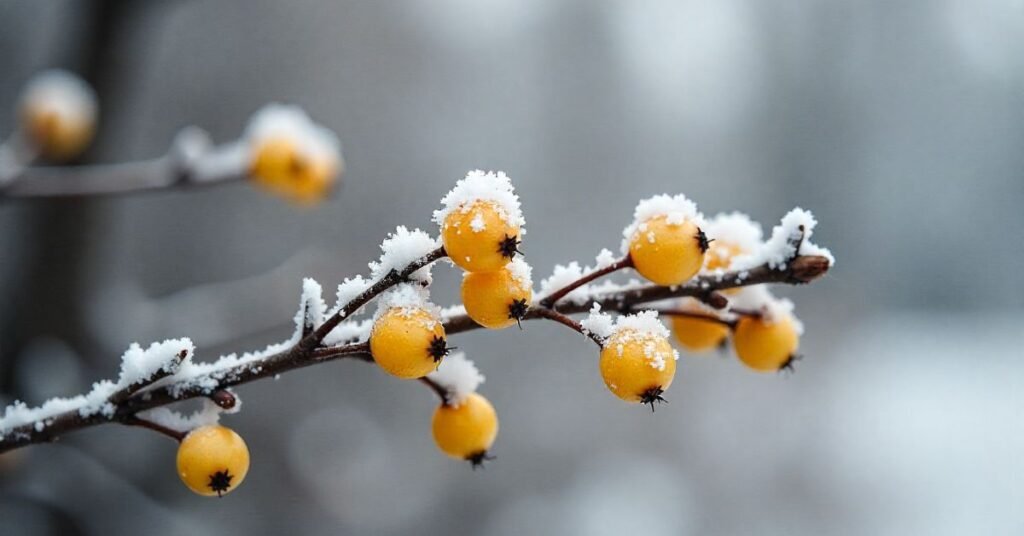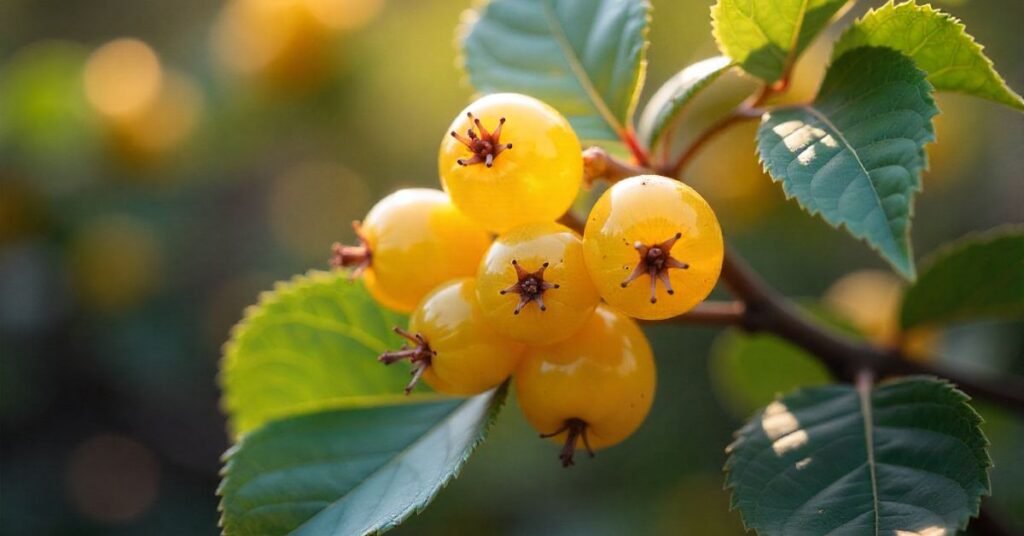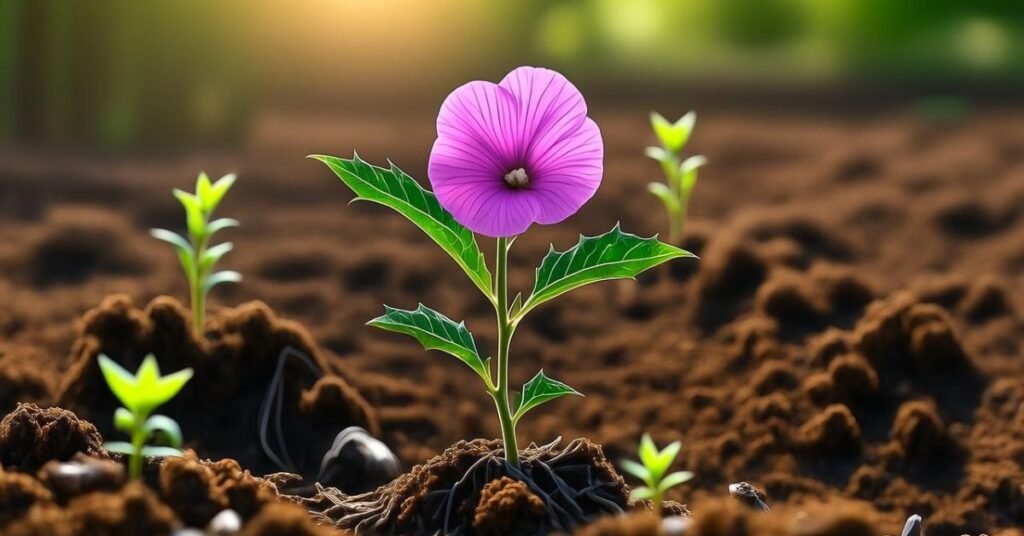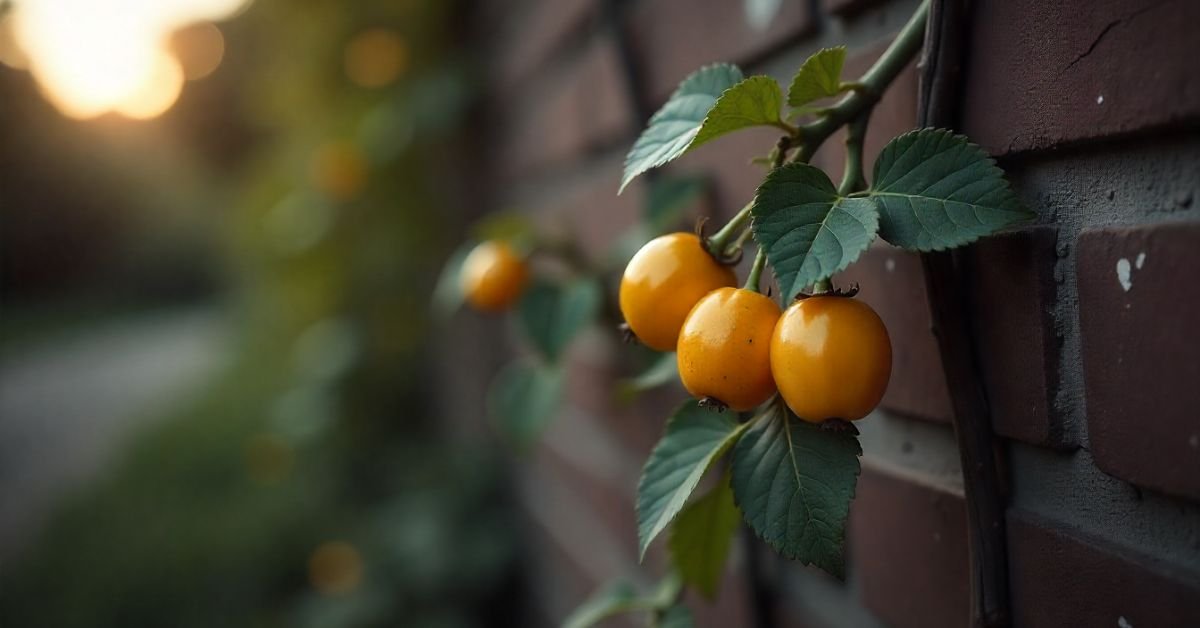Introduction
The yellow gooseberry plant is a small shrub that produces bright yellow, tangy berries. It is known for its unique flavor and attractive appearance in gardens. This plant grows well in warm and sunny areas with good soil. It is easy to recognize because of its thorny stems and round berries.
Many beginners love growing the yellow gooseberry plant because it is simple and rewarding. The berries are rich in vitamin C and are used in jams, desserts, and juices. Its bright color also adds beauty to home gardens. Once you learn the basics, you can enjoy a steady supply of healthy fruit right from your yard.
This plant needs regular watering, enough sunlight, and light pruning to stay healthy. It can grow in pots or directly in the ground. With little care, the yellow gooseberry plant can provide fresh fruit for many seasons and make your garden look more colorful.
Why Grow a Yellow Gooseberry Plant?
Growing a yellow gooseberry plant gives many benefits. The fruits taste good and fresh. They work well in jams, pies, and desserts. Their flavor is sweeter than green gooseberries. Hinnonmaki Yellow is self-fertile, so one plant is enough.

These plants are hardy and need little care. They survive cold winters. They resist many diseases. Most grow only about 1.2 m high and wide. They suit small gardens and large pots. Bright fruit and pretty leaves add beauty in summer.
Choosing the Right Variety of Yellow Gooseberry Plant
- Check flavor, size, disease resistance, ripening time, and growth habit.
- Hinnonmaki Yellow is mid season, heavy cropping, sweet apricot taste, and mildew resistant.
- Goldling (Crispa Goldling) makes very large golden yellow fruits, also mildew tolerant.
- Pick compact growth if space is limited.
- Some plants spread more, others grow upright or well branched.
- Match variety to soil and climate.
- In damp areas, choose good mildew resistance.
- Check if the plant is self fertile.
- Most yellow gooseberries like Hinnonmaki Yellow are self fertile.
- Non self fertile plants need a second bush for pollination.
Planting the Yellow Gooseberry Plant
Choose a spot with full sun to partial shade. More sun gives better fruit color and sweeter taste. However a little shade in hot climates helps avoid heat stress.
Prepare soil beforehand. The soil should be well drained, fertile, with moderate moisture. Lightly acidic to neutral pH (around 5.5-6.5) works well. Mix in compost or well rotted manure to enrich soil. Remove weeds and work the ground to loosen it helps. Planting time can be spring or autumn.
Bare root plants often go in during dormant season (late autumn to early spring). For pot grown plants, anytime except extreme heat or frost works. When planting, space bushes about 1-1.5 meters apart to allow good airflow. Proper spacing helps reduce fungal disease risk. After planting, water well. Mulch around the base helps retain moisture and keeps weeds down.
Watering, Feeding, and Maintenance of Yellow Gooseberry Plant
Watering is important. Keep soil moist especially during fruit development. But avoid waterlogging. Once established, yellow gooseberry plants tolerate moderate dryness, but yield and fruit size drop if soil gets too dry.
Feeding helps. In spring, apply balanced fertilizer or compost. Organic matter improves soil structure. Avoid too much high nitrogen fertilizer, or you’ll encourage leafy growth at the expense of fruit.
Prune each winter or very early spring while the plant is dormant. Remove old, weak, damaged branches. Maintain an open center so sunlight and air reach inner parts. This reduces disease risks and improves fruit quality. Yellow gooseberry fruits form on 1-, 2-, 3-year old wood; older wood gives less fruit.
Check for pests and diseases regularly. Powdery mildew is common. Choose mildew resistant varieties and maintain good airflow. Netting may protect fruit from birds..
Harvesting Yellow Gooseberry Plant Fruits
Harvest yellow gooseberry fruits when they turn golden and feel slightly soft. The colour change shows they are ripe and sweet. Pick them gently because the stems have thorns and the berries are delicate. Use clean hands or small scissors to avoid damage. Gather fruits in dry weather to keep them fresh longer. Eat them fresh or use them for jams, pies, and desserts. Remove fallen fruit to keep the plant healthy for the next season.
Table: Comparison of Popular Yellow Gooseberry Varieties
Growing Yellow Gooseberry Plant in Containers
If ground space is limited, growing yellow gooseberry plants in containers works well. Choose containers with at least 20-30 litres capacity. Good drainage holes are essential. Use a rich potting mix with compost.

Position container in a spot that gets sun, but not scorching midday shade in hot climates. Water more often because containers dry faster. Feed with fertilizer or compost each year. Prune to shape. Overwinter containers by moving to sheltered places if winters are harsh.
Climate & Zone Considerations for Yellow Gooseberry Plant
Yellow gooseberry plants need cool to moderate climates. They tolerate cold winters; some varieties are hardy to USDA zone 3 or equivalent.They dislike very hot, dry summers or high humidity combined with poor airflow, which encourages diseases.
In warmer regions, partial shade and good mulch help.If frost comes late in spring, it can damage flowers. Protect blossoms when possible, or choose a sheltered planting site.
| Problem | Simple Solution |
| Powdery mildew on leaves | Prune the plant for good airflow. Choose mildew-resistant varieties. Water the soil, not the leaves. |
| Few or small fruits | Give the plant more sun. Feed in spring with balanced fertilizer. Keep soil moist but not wet. |
| Birds eating ripe berries | Cover the plant with netting when fruit starts to ripen. Pick fruit as soon as it is ready. |
| Branches crowded or weak | Prune old and weak branches in winter. Keep the centre open for light and air. |
| Heat or frost damage | Mulch the soil to keep roots cool. Water in hot weather. Protect flowers from late frost if possible. |
Conclusion
The yellow gooseberry plant is easy to grow and rewarding. It gives sweet and tangy fruits for fresh eating and preserves. The bushes stay small, so they fit in gardens and big pots. They are hardy and need little care when planted well. With good pruning, feeding, and protection, the plant stays healthy and productive. Adding one to your garden brings taste, colour, and beauty each summer.
FAQs
Q1: When does a yellow gooseberry plant start giving fruit?
A: It usually starts light fruiting in the first or second year and gives full crops by the third year.
Q2: Does a yellow gooseberry plant need another plant for pollination?
A: Most varieties like Hinnonmaki Yellow are self-fertile and do not need another plant.
Q3: How much sun does a yellow gooseberry plant need?
A: It grows best in full sun but can tolerate a little shade, especially in hot climates.
Q4: How often should I water a yellow gooseberry plant?
A: Keep soil moist, especially when fruits are forming, but do not let it stay waterlogged.
Q5: Can I grow a yellow gooseberry plant in a pot?
A: Yes, use a large pot with rich soil and good drainage, and water regularly.


